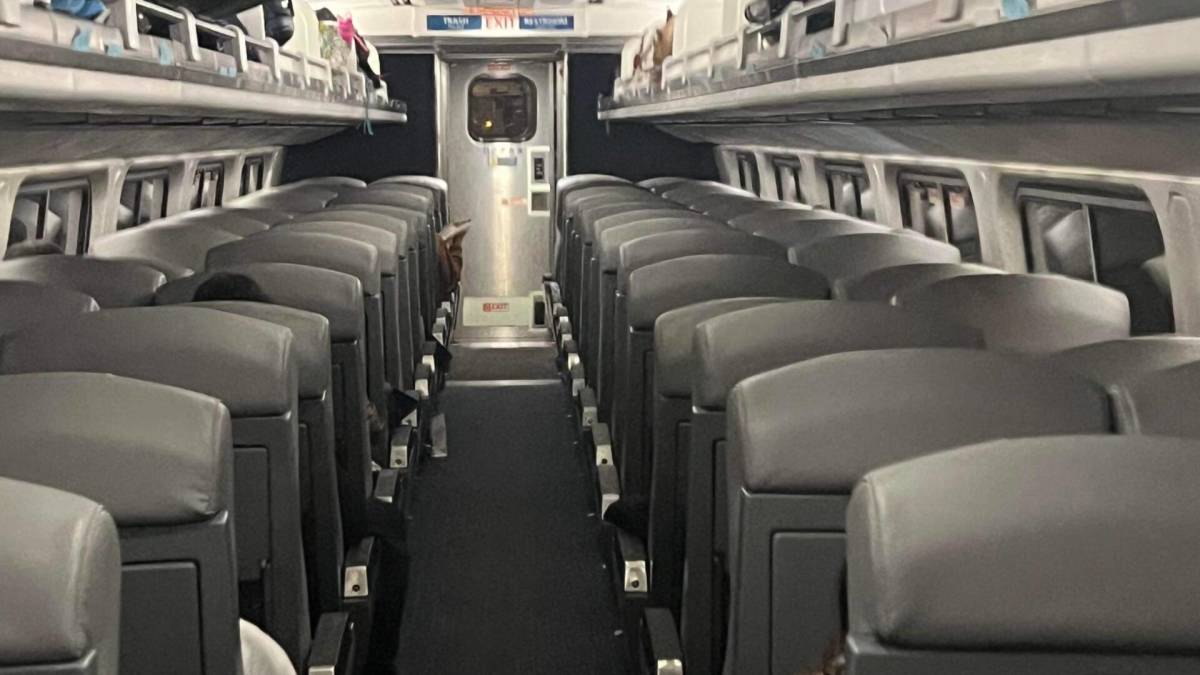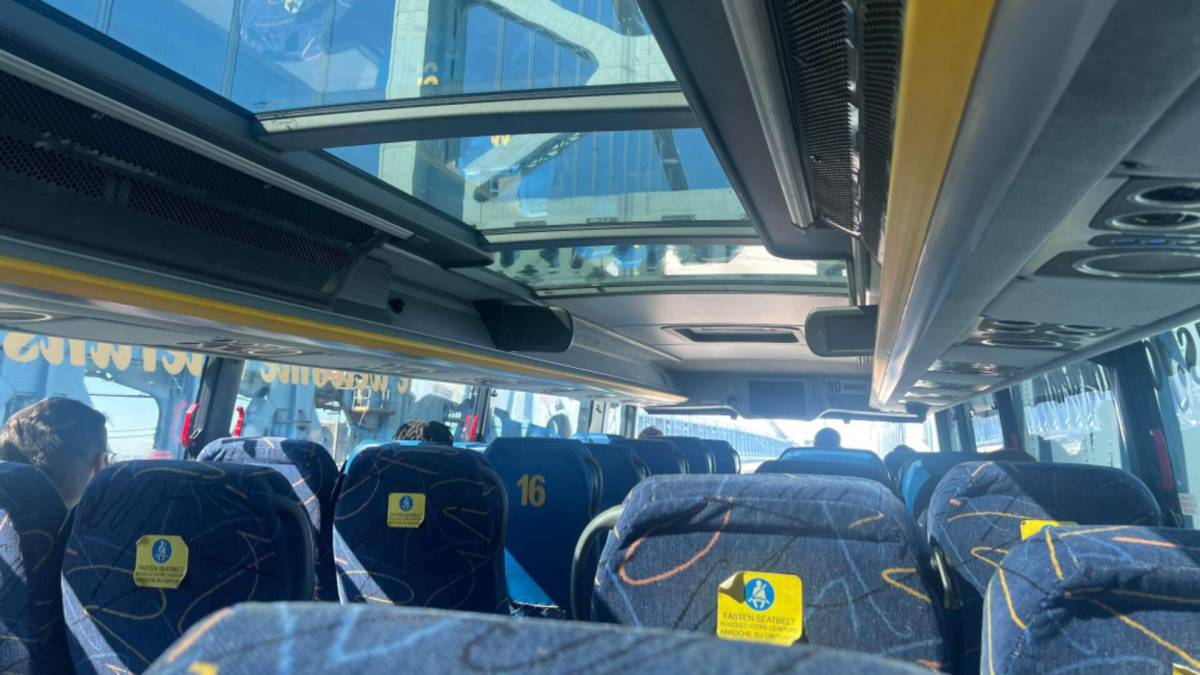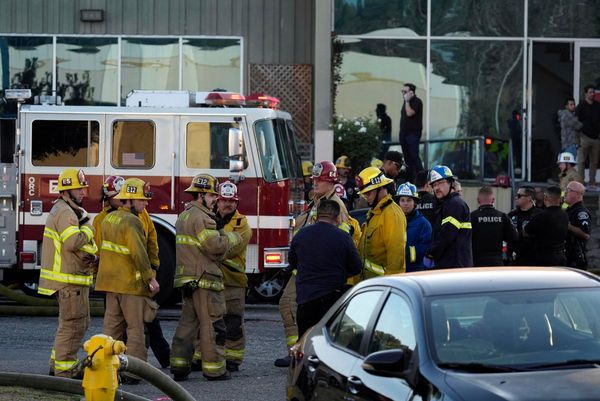
One’s opinions on cross-city bus travel are, I have found, heavily influenced by geography and hometowns. Not long after switching both coasts (West to East) and countries (Canada to the U.S.), I learned that buses in the Eastern United States have a different and not always particularly positive connotation. If we’re talking about group travel by land, the East Coast opinion is that buses are dirty and rickety while trains are sleek and clean.
This stereotype has to do with the fact that, if you live somewhere between Montreal and Washington, D.C., Amtrak’s Northeast Corridor route is the closest thing that North America has to European or Japanese high-speed rail travel. It is fast, it is convenient and it comes at a price that does not leave you feeling like you should be getting more than just being brought from place to place. The bus is the “alternative” and “cheap” option.
Related: This is what it's like to take a 19-hour train from New York to Chicago
West Coasters tend to have this stereotype less simply because, due to the much larger distances between cities, often neither bus or train is an option. The train routes that exist — the Amtrak Cascades corridor that I have once taken from Vancouver to Seattle and the Rocky Mountaineer which tourists often book as a multi-day luxury journey through the Canadian West with the accompanying price point) — are often seen as a scenic experience rather than only a mode of transportation. And if you’re spending more than ten hours on a bus, you may as well be flying.
Bus travel comes with stereotypes (that are often exaggerated)
The first time I traveled from New York to Philadelphia as a master’s student in 2016, it didn’t occur to me to book anything but the bus because I did not know much about Amtrak’s Northeast Corridor and did not have it in my thoughts as something I should take.
More Travel:
- A new travel term is taking over the internet (and reaching airlines and hotels)
- The 10 best airline stocks to buy now
- Airlines see a new kind of traveler at the front of the plane
After several years of interrupted living on the East Coast, I have come to appreciate both the affordability of bus travel and the romance and uniquely East Coast convenience of going to a new city by train. But the fact that telling people that I am traveling by bus often results in questions on whether it is “clean” or “safe” made me realize that the former mode of travel brings with it certain stereotypes. I have a close friend who lives in Philadelphia and once again found myself going there from New York on a weekend. I travel between the two cities every few months but, as this time I got there by bus and went back by Amtrak, I thought I’d compare the two.
Price:
I took the Megabus at 9:15 in the morning on a $18.98 ticket. The website initially promotes it as $14.99 but, somewhere between clicking on it and going to pay, a $3.99 booking fee gets added on. The Amtrak has recently made a push to attract more customers with a pricing structure in which you can get fares between nearby East Coast cities for as low as $10 but, to take advantage, you have to either book far in advance (I’m extremely spontaneous) or travel at very unconventional hours. The Philadelphia-New York route can set you back as much as $200 at 10 a.m. on a Friday or 6 p.m. on a Sunday but, by clicking around and refreshing, I found a price for $20 leaving at 9 p.m. At other times, I found that initially low prices on the Amtrak website disappear within an hour or even just as you’re typing your credit card number even when you go to book.
When it comes to price, bus travel is more consistently affordable but those who are on the East Coast and are flexible can take advantage of very low train fares as well.
Comfort:
Again, no major differences. I find the bus downright luxurious when it is traveling half-empty and everyone gets an empty seat next to them. My particular Megabus route to Philadelphia was not even a third full and so I spread out and looked out the window. Perhaps the biggest advantage of the Amtrak is that you can work on a laptop without developing a serious neck cramp. Seats come with pull-out tray tables and you can also go to the cafe area for even more room to spread out. While many buses do offer Wi-Fi, I found Amtrak’s to be faster and more consistent. Both the bus and the train were clean and I had no safety concerns on this particular trip.

Veronika Bondarenko
Speed:
As road travel depends on traffic, the Amtrak wins over many who travel between cities for business by consistency. Short of some kind of incident on the rails, you know exactly when you’re getting into town and are much less at the mercy of the unexpected. If going between New York and Philadelphia, the train is also faster — the high-speed train covers the 82 miles in an hour and 18 minutes and the slower one comes in at 90 minutes — while the bus takes just under two hours in perfect traffic conditions. One time, I got stuck in weekend traffic on the Interstate 86 for four hours. But I have also traveled on buses that got me from New York to Philadelphia in an hour and 40 minutes with minimal traffic.

Veronika Bondarenko
Centrality:
Another major advantage of the train is that, in most cities, the train station is located smack in the middle of town. It’s not that buses are necessarily different but, specifically in Philadelphia, plans to construct a new sports arena led, in June 2023, to the closure of a longtime bus station near Reading Market. What ensued was a hot mess of poor planning and power tugs. The two companies had initially joined Megabus in dropping and picking up travelers on a busy stretch of Market Street but, after a slew of of resident and business-owner complaints about congestion, the city moved the pick-up point to the side of town in Northern Liberties. While a real bus station will hopefully be built at some point (the sixth largest city in the U.S. can’t be without a functioning bus station, right? Right?!), getting dropped off by the side of a highway a long walk from downtown is currently the biggest disadvantage of bus travel to Philadelphia from any city.
The final word:
So is the bus better or is the train better? The not-particularly-catchy conclusion is that it depends. It depends on whether you’re willing to pay more for what, in the end, amounts to pretty minor differences in convenience. How much these differences will either bother you or make you feel that you’re getting your money’s worth will also depend on a large number of factors unique to one's position in life and reasons for travel. I personally will take either if it helps me save for another trip but also feel that bus travel gets a bad rap. It is a perfectly good way of traveling between nearby cities.







